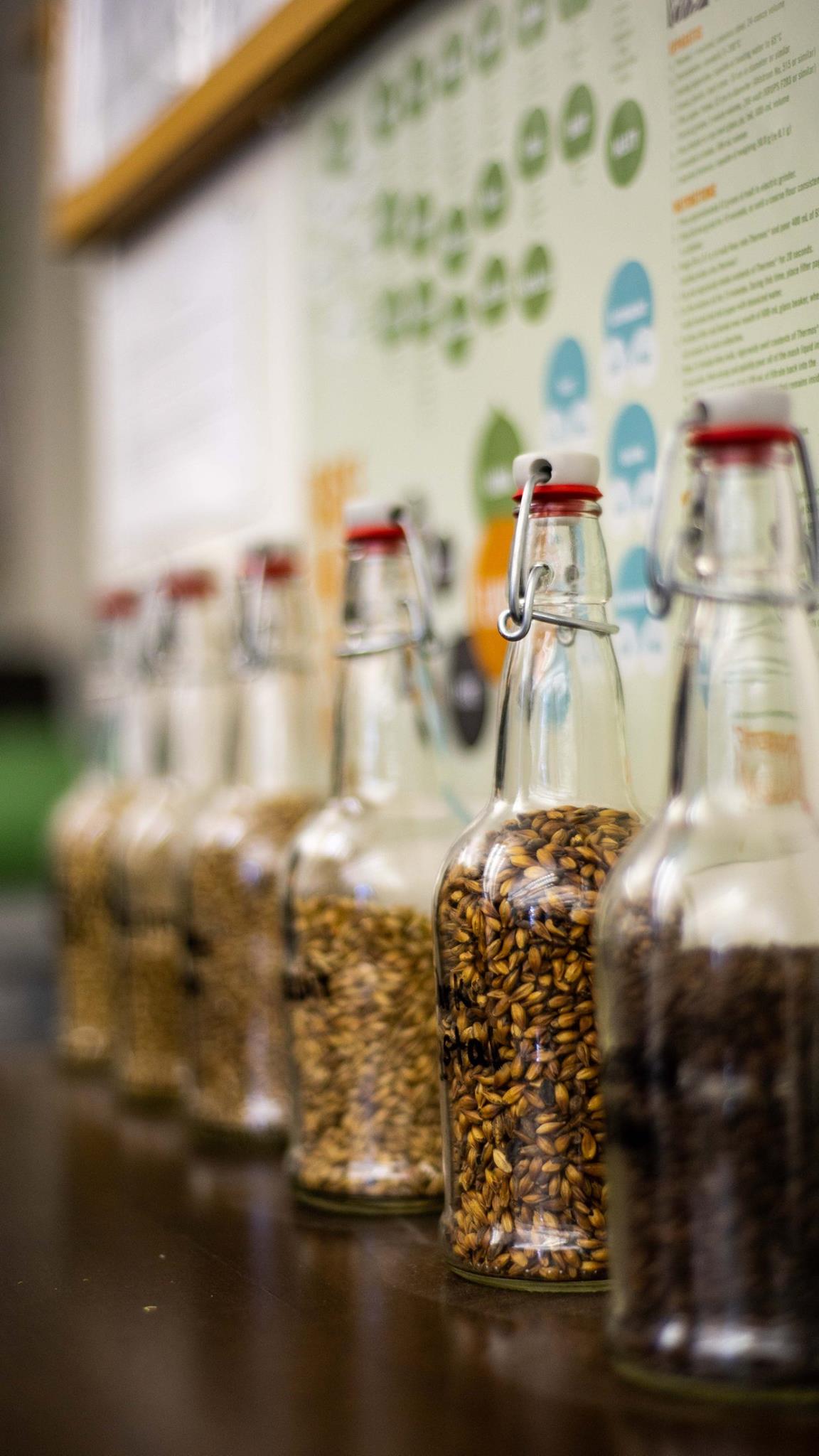By Meghan Howes, Contributing Writer for RadCraft
The malts finding their way into mash tuns these days vary widely. And more often than not, those barley kernels were coaxed and coddled from the second they hit the dirt until they found themselves packaged and headed out.
In 2013, five craft maltsters were operating in the U.S. Today that number sits at 80 plus. As smaller craft breweries continued to refine their processes and respond to intense consumer demand for proximate goods, the value of sourcing quality, small-batch ingredients from their backyards dramatically increased. Within a relatively short time, craft malts carved out their rightful place in the order of things.
A very critical piece was missing, however.
While small breweries popped up like mushrooms in saturated markets and suburban strip malls alike, so too did a near-desperate call for malt-related resources and quality testing, field to kiln. Brewers were eager to forge relationships with real farmers, walk the land, and learn about the science behind growing barley (and various other grains) for maximum yield, flavor, and efficiency.
In 2000, the first research facility designed to serve the malting barley supply chain, The Canadian Malting Barley Technical Centre (CMBTC), opened in Winnipeg, Manitoba. On its heels, malt quality and testing labs opened in Montana, Colorado, and New York. But it was the CMBTC that provided the foundation for the newer operations, as it held true to its mandate to provide applied research related to barley, malting, and brewing, as well as offering training and short courses.
Subject to the same variations in weather and climate as any other agricultural product, barley is a fickle commodity, and for those seeking quality malt for brewing, it can be a frustrating venture. Dialing in barley characteristics to exacting specs requires careful study and tremendous understanding of soil composition, cellular biology, and plant genetics.
Enter craft malt testing labs, the silent game changers of the industry. Brewers, maltsters, and farmers alike engage these professional labs to put their products and ingredients through a battery of tests. The lab reports and results can mean the difference between 10 barrels that a taproom kicks in two weeks and beer that cannot be served to the public without jeopardizing the whole operation.
In this Field to Bench series, we’ll feature several malt specialty labs in North America and speak with the people who make those operations hum. The expertise and passion emerging from each of them have helped push North American craft beer into stable, sustainable, delicious territory. Stay tuned on the Craft Maltsters Guild blog!


